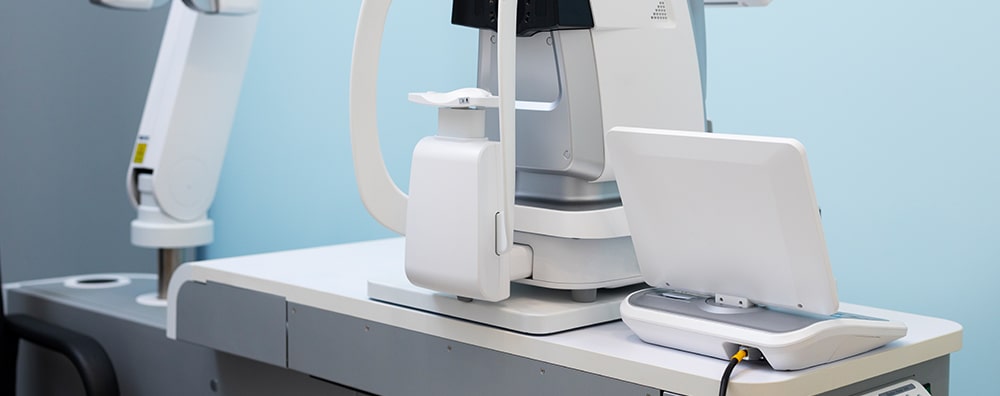Medical Devices
A medical device is any device, machine or instrument used to diagnose, treat or monitor a medical condition, disease or injury. The development of medical equipment is driven by the need to improve patient treatment, improve medical service efficiency and reduce medical costs, and pcb is an essential part of medical equipment.
Which medical equipment can POE PCB be applied to?
Patient Monitoring Systems: patient monitors, electrocardiographs, pulse oximeters, blood pressure monitors, ventilators, etc.
Medical Imaging Equipment: Medical imaging equipment such as magnetic resonance imaging (MRI) machines, X-ray machines, CT scanners, and nuclear magnetic resonance machines use PCBs to control electronic components that generate and process images
Infusion Pumps: Infusion pumps are used to deliver drugs and fluids to patients, and to control and monitor the flow rate and volume of infusions.
Defibrillator: A defibrillator is used to deliver an electrical shock to the heart to restore its normal rhythm.
Electrocardiogram (ECG) Machine: An ECG machine is used to record and analyze the electrical activity of the heart.
Respiratory Devices: Respiratory devices such as ventilators and nebulizers control and monitor the flow of air and medication to the patient.
Blood Glucose Monitors: People with diabetes use blood glucose monitors to monitor their blood sugar levels.
Dental Equipment: Drills, X-ray machines, laser systems, and other dental tools often have signal and power controls.
Treatment Equipment: laser treatment equipment, ultrasound treatment equipment, radiation therapy machines and pain relief equipment such as TENS.
Laboratory Equipment: Medical laboratory analyzers for blood, urine, genetic and microbiological testing.
Surgical Equipment: Electrosurgical equipment, endoscopes, robotic surgical assistants, defibrillators, and surgical lighting systems.
Prosthetics: bionic limbs, artificial retina, cochlear implants and other electronic prosthetic devices, etc.















